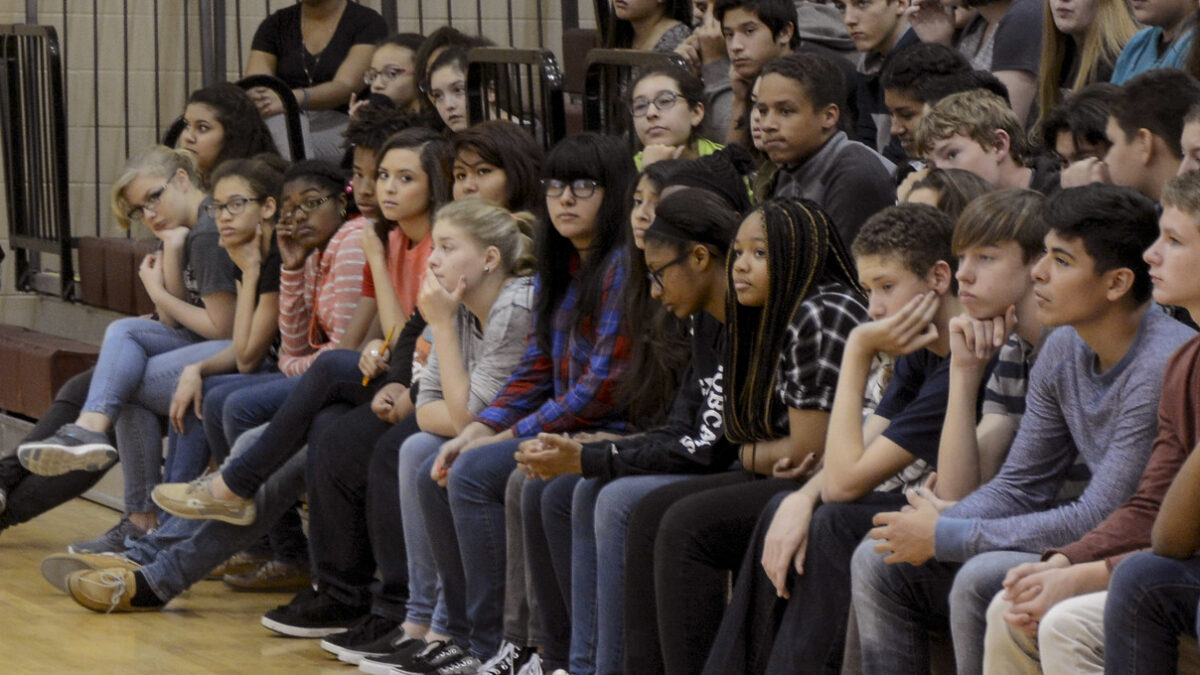Last week, a federal judge ruled in favor of forcing a Pennsylvania middle school to host an After School Satan Club (ASSC), being just the latest example of a disturbing trend that’s spreading through K-12 campuses across the country. The American Civil Liberties Union and a local Satanist temple filed a lawsuit against the district after school administrators rescinded permission for the club to meet on school grounds. The Satanists argued that the club deserved the same protections as any other religious club, and the judge evidently agreed with this, reasoning that “the record indicates the District engaged in viewpoint discrimination by rescinding approval.”
There are two major problems with this argument, or indeed any argument in favor of establishing Satanist clubs. First and foremost is the idea of classifying Satanism as a religion in the same way Christianity, Islam, and Judaism are religions. Rather, it’s an anti-religion, repudiating the beliefs and rituals of actual religions, particularly Roman Catholicism. Satanists will host “black masses” and have “sacraments” that are all gross inversions of what they are in Catholicism. The whole idea is to mock Christians and the God in whom they believe.
Of course, Satanists will respond to this by claiming that it is no such thing. Rather, it is an affirmative philosophy that extols the individual and prioritizes reason. As the ASSC website states, their clubs “focus on free inquiry and rationalism, the scientific basis for which we know what we know about the world around us.” If parents didn’t know any better, they would assume that the club it really just a science club.
However, this doesn’t explain why Satan is their mascot. By every account, Satan is not a scientist but a supernatural demon who opposes God, a symbol of evil. Moreover, the club’s claim of focusing on “free enquiry and rationalism” doesn’t explain why they “only open a club if other religious groups are operating on campus.” It seems like the club’s main purpose is to oppose religion, not promote scientific reasoning.
Whatever the Satanist denomination might be — the gothic, blood-drinking version or the pretentious nerdy version — none of it makes it a veritable religion that qualifies for First Amendment protections. It is an organization that exists to troll Christians and characterize their faith as dangerous stupidity. As such, it has more in common with a hate group than it does anything else.
Denying Use of Campus
That said, even if Satanism isn’t actually a religion, one could argue that a club in its name still should enjoy the freedoms of speech and association. This is true. A group of middle schoolers should be free to meet up and talk about whatever big ideas they might have and call their club whatever they want.
However, this doesn’t mean that a school should be compelled to host any club for any reason. If the basis or mission of a proposed club conflicts with the basis or mission of school (i.e., young people learning in a safe environment), then the school administrators should deny the club use of the campus. Or at most, they can allow use of campus space after school hours while explicitly refusing to endorse the club in any way. This was what those in charge of the Pennsylvania middle school did originally, but the ASSC posted fliers and advertisements suggesting that they were a school-approved club. When parents complained, the district administrators reversed their decision to allow the club.
Understanding this distinction between a school-approved club and a club that exists outside the school is key. When school administrators allow a club to organize and operate on campus during school hours, they are essentially saying a certain activity or idea is good for the students. This is why anyone starting a club usually has to fill out a fair amount of paperwork in order to start a club at school. The school is claiming responsibility for all of it.
Is Satanism Good for Students?
Under this framework, people should be asked what possible good an ASSC offers students. Its ostensible virtues, like free inquiry and scientific discovery, are already present in various science and STEM clubs. And its anti-religious stance is not a virtue, but a vice. Whereas in something like Good News Club, Christian students meet to discuss and practice their faith, members of the ASSC only meet to denounce and counteract faith-based clubs — they even say as much. Therefore, it’s not unfair or unjust to recognize that the Christian club that promotes Christian values like charity and hope is much better for students and the school community than the Satanist club that mainly encourages intolerance and resentment.
All of this goes much further than one club and one school. At the heart of this debate is what today’s society thinks is best for students. It should go without saying that giving free rein to students to live any lifestyle based on any belief and be exposed to all varieties of media content is simply not good for their education and personal development. This is why parents and conservative educators will oppose these things. It’s not that they hate certain people or even pseudo-religions like Satanism; it’s that they want their children to encounter such ideas in an appropriate context so they don’t suffer poor mental health and emotional instability from being seriously corrupted or confused.
Sadly, as the world becomes more secularized and decadent, the well-being of children increasingly becomes less of a concern. The ruling in Pennsylvania is yet another example of this. Thus, it falls to parents alone to keep their children safe while the institutions originally charged with this duty fail to do so. Even if only a few idiotic Satanists gain a small victory, the culture suffers a major loss.









